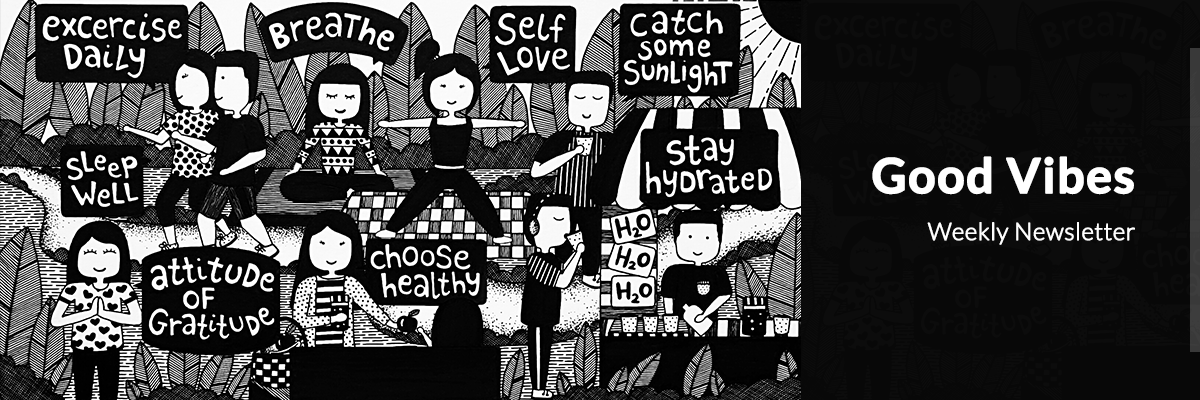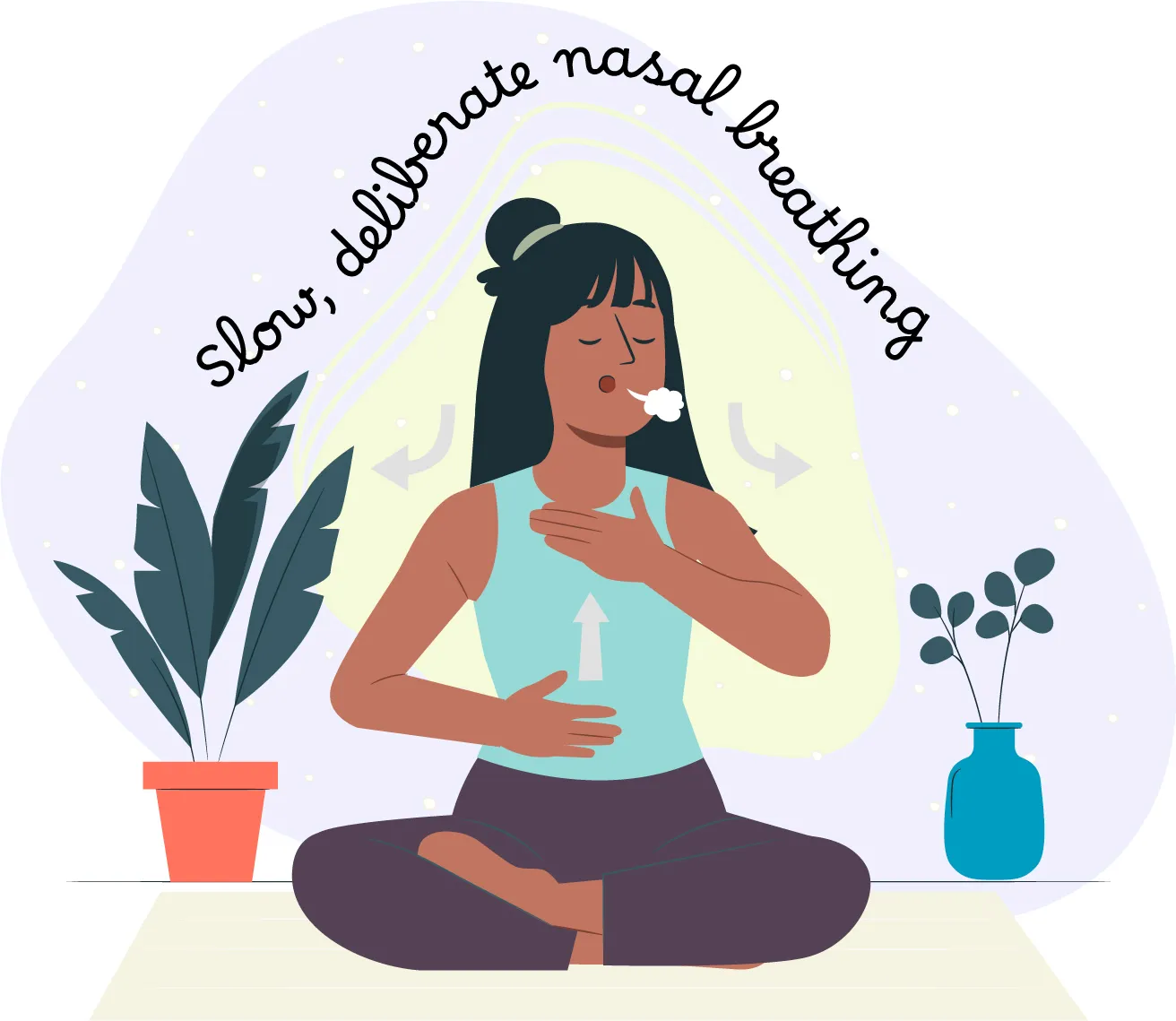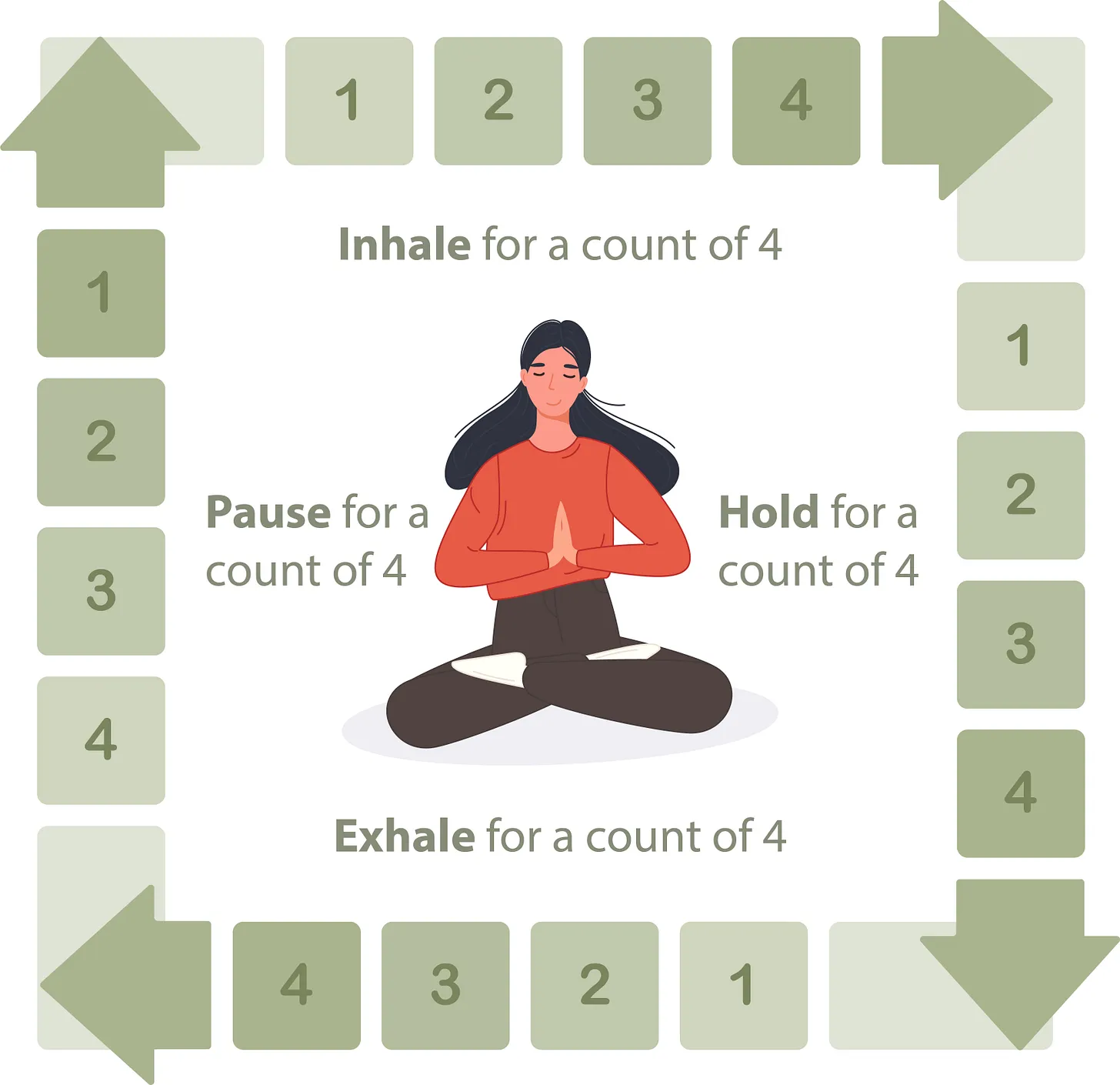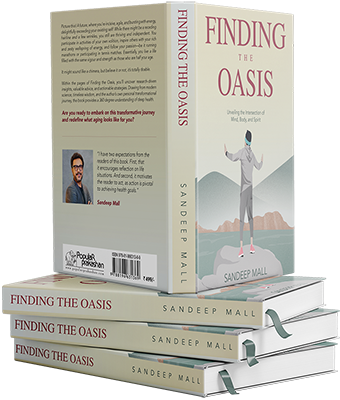
Finding Clarity and Calm Through the Power of Breath – Issue #100 (4 min read)

In an interview with a shipping company, Mulla Nasruddin was posed a series of challenging questions about how he’d manage his ship during fierce tidal waves. For every massive wave described by the manager, Nasruddin confidently replied he’d lower a weight, a ‘langer,’ to stabilise the ship. The manager’s increasing waves were matched by Nasruddin’s ever-bigger langers. Finally, in exasperation, the manager asked, “From where are you getting all these langers?” Nasruddin, unfazed, responded, “And from where are you getting these tidal waves? The same is the source.”

Much like the waves in Nasruddin’s story, our minds often create endless tidal waves of worry and doubt. In response, we find ourselves scrambling to ‘lower our langers’ or solutions to stabilise our emotions. Yet, more often than not, the danger we anticipate rarely manifests, leaving us exhausted from battling mere illusions.

One of the most powerful tools at our disposal is our breath. When we feel overwhelmed by the tidal waves of anxiety, we can turn to slow nasal breathing. Taking deliberate, deep breaths not only provides immediate calm but also slows down our racing thoughts. In doing so, we find clarity and realise that much of what causes our distress is self-created and unlikely to come to fruition.
At the crossroads of biology and psychology, our breath acts as a bridge. When we are anxious or stressed, our breathing becomes shallow and rapid, which in turn sends signals to our brain to prepare for “fight or flight.” This perpetuates a cycle of anxiety. However, by taking conscious control of our breath, we can reverse this cycle. Slow, deliberate nasal breathing activates our parasympathetic nervous system, signalling the brain that it’s safe and time to “rest and digest.” The result? A calmer, more centred version of ourselves.
Life, with its unpredictability, often feels like an unending series of challenges. In these moments, when anxiety threatens to sweep us away, our breath becomes our anchor. By grounding ourselves in the rhythm of our inhalations and exhalations, we can navigate the stormy seas of our emotions. Each deep breath acts like a reset button, providing us with a fresh perspective and a momentary reprieve from the onslaught of worries.
Anxiety is not about the presence of actual danger but the anticipation of it. It’s a manifestation of an overactive mind. When we become aware of this, we can employ techniques to manage it.
Box Breathing: Inhale for a count of four, hold for a count of four, exhale for a count of four, and then pause for another count of four. This creates a “box” pattern and can be repeated for several minutes.
Diaphragmatic Breathing: Place one hand on your chest and the other on your abdomen. Breathe in deeply through the nose, ensuring the diaphragm (and not the chest) inflates with enough air to stretch the lungs. Exhale slowly through the mouth.
4-7-8 Breathing: Inhale quietly through the nose for a count of four. Hold the breath for a count of seven. Exhale completely through the mouth to a count of eight.

Incorporating these exercises into our daily routine can significantly enhance our resilience against anxiety and stress.
It’s worth noting that a staggering 99% of the things that cause us stress or concern never actually happen. Our mind, with its endless capacity to imagine, often overestimates dangers and underestimates our ability to cope.
Just as Nasruddin countered every tidal wave with a langer, we too have the innate capacity to navigate life’s challenges. By recognising the illusory nature of many of our anxieties and harnessing the power of our breath, we can sail through life with greater ease and grace. So the next time you find yourself amidst a storm of worries, remember to breathe and know that calm waters are on the horizon.
Stay Calm, Stay Empowered!
What Triggers Your Anxiety?
Identify situations, thoughts, or events that tend to trigger your anxiety. Is there a common theme among them?
How Does Anxiety Manifest in Your Body and Mind?
Explore the physical sensations and mental patterns that arise when you’re anxious. Do you notice tension, racing thoughts, shortness of breath, etc.?
What Are Your Default Coping Mechanisms?
How do you typically respond when anxiety strikes? Do you tend to avoid situations, distract yourself, seek reassurance, or engage in negative self-talk?
Have Your Anxieties Come True?
Reflect on the times when you were anxious about something. How often did the feared outcome actually occur?
How Has Anxiety Impacted Your Life?
Consider how anxiety has influenced your decisions, relationships, and overall well-being. Are there areas where it has held you back?
All illustrations are by Kratika Singhal
I’m open to featuring advertisements from small and home grown entrepreneurs wanting to reach a broader audience, at no cost. If interested, you can mail me at me@sandeepmall.com




